In the pink: we toast the enduring health of Milan institution Bar Basso
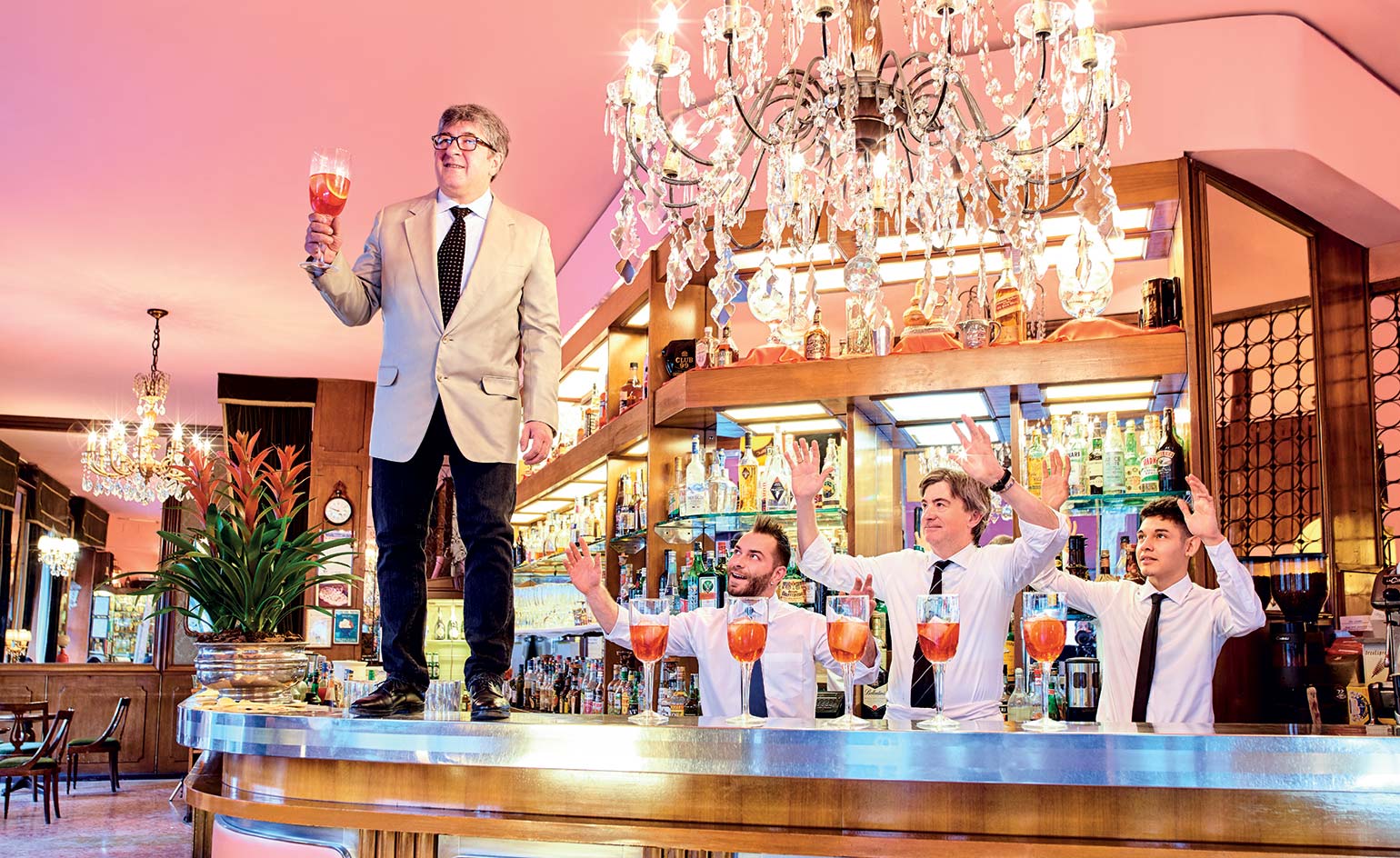
Anyone who has been in Milan during Salone del Mobile will most likely have spent time at Bar Basso. For a few decades, it has been the place to convene and swap stories. A large percentage of the design community gathers here, inside and out, all determined on maintaining momentum into the early hours and beyond.
Bar Basso’s popularity with the global design crowd dates back to a period in the 1980s when the bar’s owner Maurizio Stocchetto became friends with a group of up-and-coming British (and UK-based) designers. The group included the late James Irvine, who lived in Milan and worked for Ettore Sottsass, and his friends: Marc Newson, Ron Arad, Jasper Morrison, Matthew Hilton and Ross Lovegrove.
‘It became the meeting place for all James’ friends,’ Morrison recalls. ‘One Salone, we decided to have a cocktail party there and issued drink tickets to various friends. It was a big success and we repeated it the following year, but word got round and there were hundreds of people there. That was how the Bar Basso Salone scene started.’ Arad agrees: ‘I was always very happy to go there, and Maurizio is a real gentleman: you didn’t feel like you went to a bar, you felt like you went to Maurizio’s,’ he says. ‘Bar Basso for me is a symbol of Salone.’
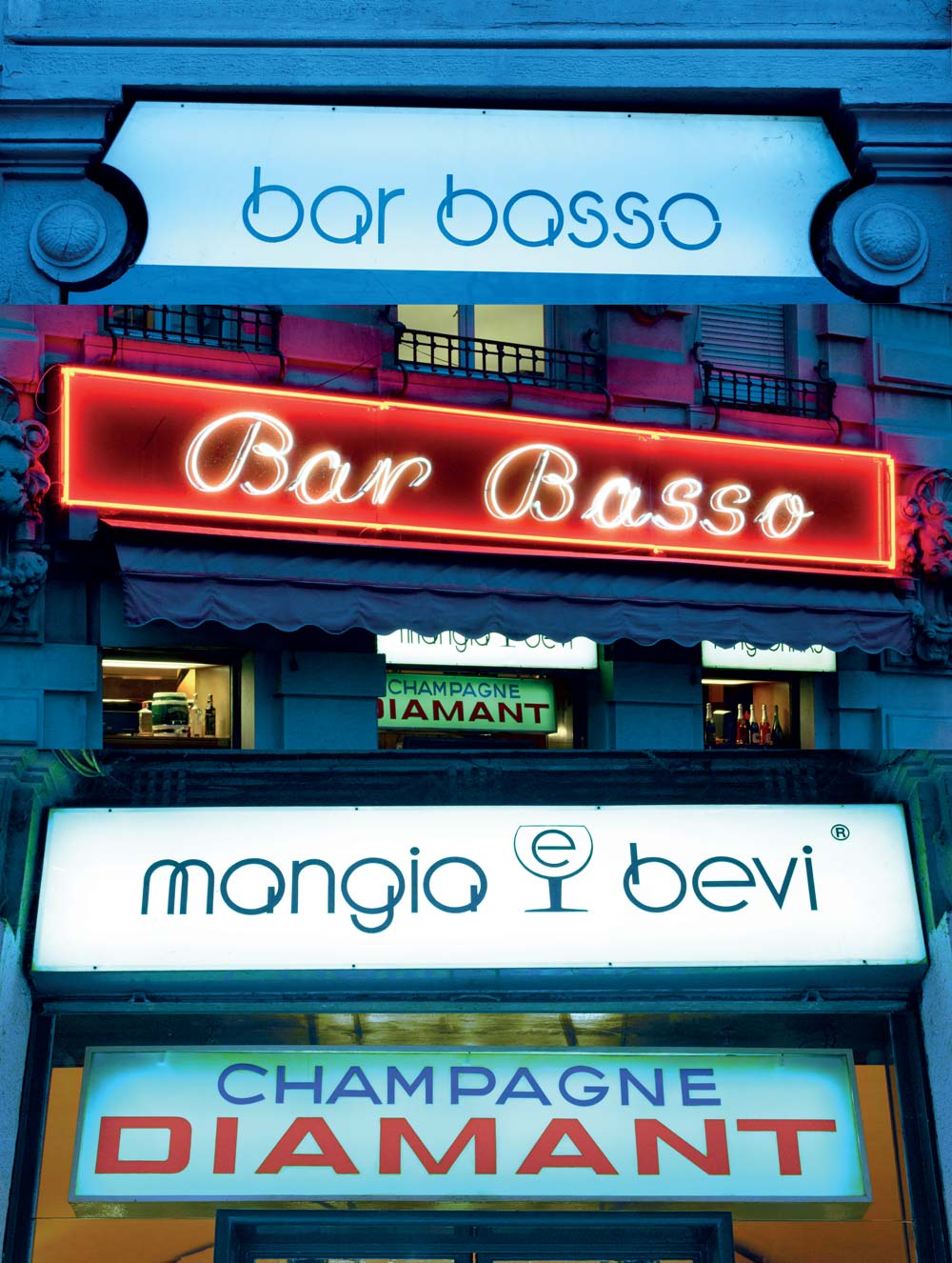
From top, Bar Basso’s 1972 sign, the original 1950s neon sign, a light box added in the early 1970s, and advertising from the 1970s, all still in situ
But Bar Basso is anything but a design bar. Originally opened in the 1950s, Stocchetto’s father Mirko acquired it in 1967 and didn’t change the original décor, which has been kept intact by his son. Mirko Stocchetto had cut his teeth in the hotels of Venice and Cortina, and learned the art of cocktail making from the barmen of the Cipriani hotel. In the 1960s, he decided to move to Milan, and acquired the bar, previously owned by a Mr Basso.
‘It was a unique moment in time,’ notes Stocchetto, whose father imported cocktail culture and created a line of cocktail glasses for the bar, which are still in use today. He also devised new concoctions, such as the Rossini aperitif or the now-legendary Negroni Sbagliato (sbagliato meaning ‘wrong’) – a version of the drink that uses sparkling wine instead of gin.
Decades later, the bar still operates in much the same way as when Stocchetto senior, who died in 2016, was in charge. There has been some innovation, though. The bar now offers food, developed with a local chef; meanwhile, Milanese design curator and graphic designer Valentina Ciuffi has been working to enhance the bar’s online presence. Stocchetto purchased the domain, barbasso.com, in the 1990s, with the idea of collecting press clippings, but the website was put on hold as he has never been the digital type.

Bar Basso’s typography through the ages
Ciuffi, a long-time Bar Basso customer, and part of Socchetto’s loyal circle of friends, redesigned the webpage and added a few extra features: every few months, she and Stocchetto develop a small ‘online exhibition’ celebrating an aspect of Bar Basso. These have included a photographic exhibition of the bar’s signature cocktails chosen by Milanese cultural personalities, a collection of ‘drinks tokens’ (inspired by Irvine’s originals) created by designers who frequent the bar when in Milan, and a look at the typography that has accompanied Bar Basso throughout its 50-year history. Through her studio, Vedèt, Ciuffi worked with graphic designer Georgia Cranstoun to create an interactive page that explores key typographic characters and the stories behind them.
‘These bizarre graphics have overlapped since the 1950s without any specific criteria; they are eclectic, messy, unexpected and rather delightful,’ explains Ciuffi. These include the large 1950s neon sign towering outside the bar, which was inherited from the previous owner, and light boxes that were added to the windows sometime in the early 1970s with statements such as ‘eat and drink’, as well as the bar’s name. Inside, the cacophony of fonts continues, with the cursive of the neon sign repeated on the menu and on paraphernalia such as pens and matches. The napkins also contribute to this typographic riot, and are still printed with the same design used since the 1970s.
Titled ‘The Other Lives of BB letters’, the project looks at the letter B throughout the bar’s typographic history, and a section of the site invites customers to contribute their own design to the project (which can be done online, or with special postcards designed by Ciuffi and Cranstoun and available from the bar).
But despite its special relationship with the creative community, Stocchetto maintains the bar is open to everyone: ‘From plumbers to students, from policemen to thieves,’ and this, he adds, keeps him grounded. But he is also aware of his role as a sort of mascot of the design world. ‘I like that my bar is for everyone, that it’s unpretentious,’ he says, ‘but the design scene has been very important to me. What happens at Bar Basso is like a little miracle.’
As originally featured in the May 2017 issue of Wallpaper* (W*218)
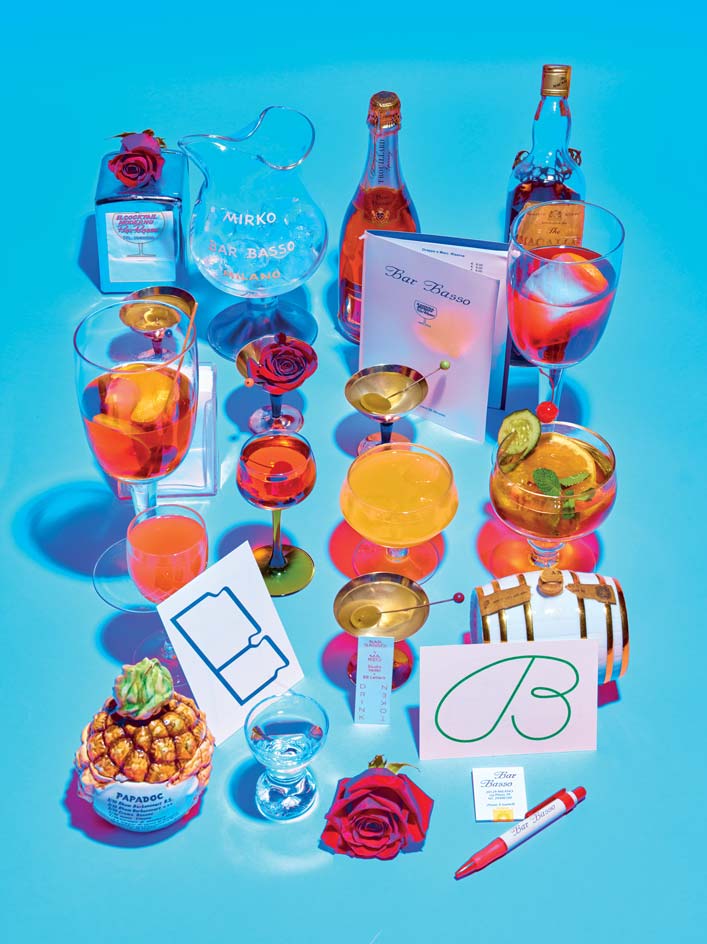
All the glasses pictured (except for the green-stemmed one) were created by Mirko Stocchetto. Some contain cocktails that the bar shakes up, including pink gin, Scarabeo Semi-secco, Negroni Sbagliato, Pimm’s, and Martini. Also pictured is a Martini mixing glass, made by Nason Moretti, as well as postcards and a drinks token designed by Studio Vedèt, and various collectors’ items, such as a special edition bottle of Trouillard 1980 champagne with a Bar Basso label, a bottle of Macallan 1962 whisky, a Camus cognac barrel, and a ceramic pineapple used to promote Haitian rum
For more information, visit the Bar Basso website
Bar Basso, Via Plinio 39, 20020 Milan
Wallpaper* Newsletter
Receive our daily digest of inspiration, escapism and design stories from around the world direct to your inbox.
Rosa Bertoli was born in Udine, Italy, and now lives in London. Since 2014, she has been the Design Editor of Wallpaper*, where she oversees design content for the print and online editions, as well as special editorial projects. Through her role at Wallpaper*, she has written extensively about all areas of design. Rosa has been speaker and moderator for various design talks and conferences including London Craft Week, Maison & Objet, The Italian Cultural Institute (London), Clippings, Zaha Hadid Design, Kartell and Frieze Art Fair. Rosa has been on judging panels for the Chart Architecture Award, the Dutch Design Awards and the DesignGuild Marks. She has written for numerous English and Italian language publications, and worked as a content and communication consultant for fashion and design brands.
-
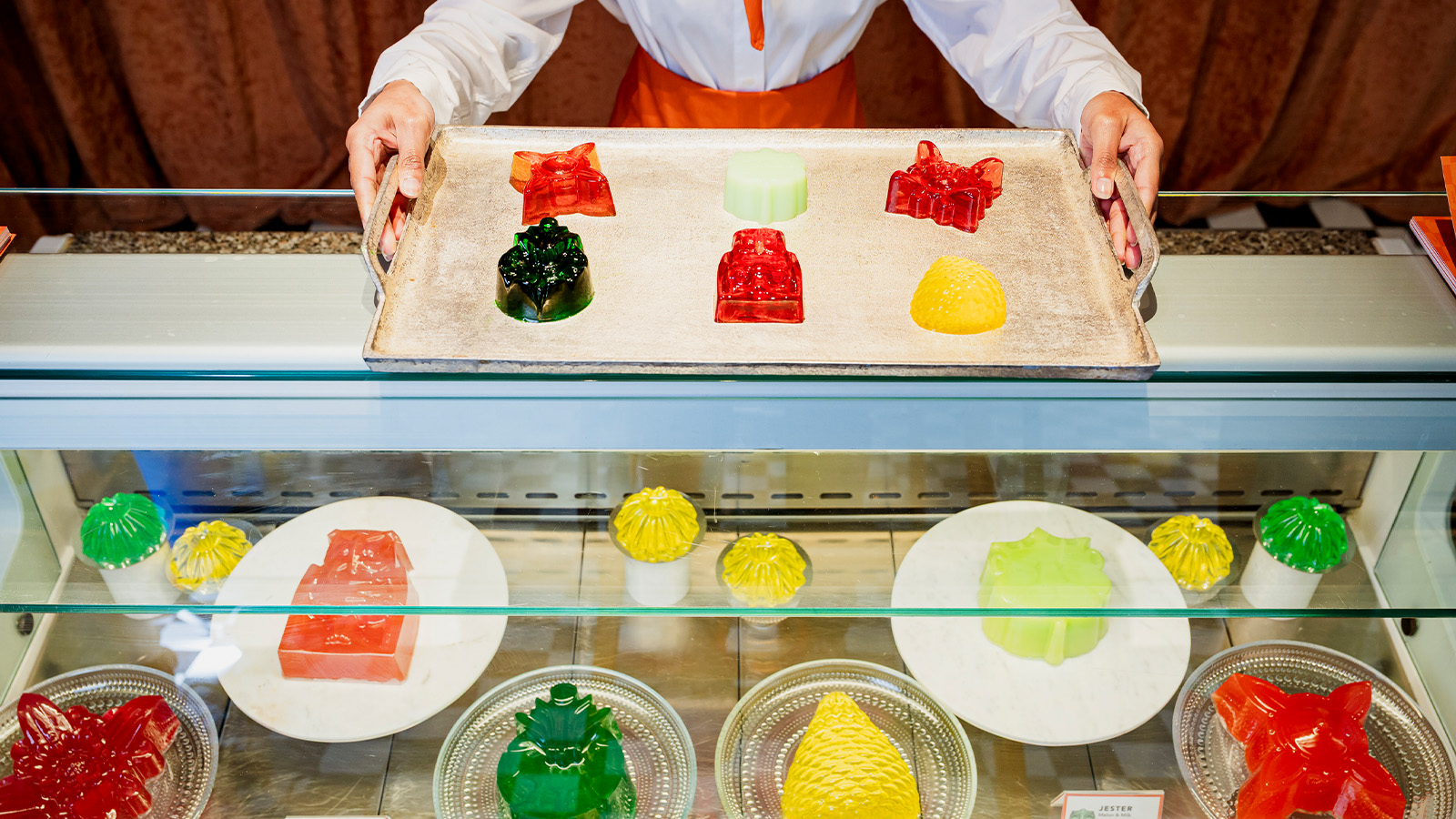 At the Regent Street Sensorium, architectural jelly sculptures are designed to ignite the senses
At the Regent Street Sensorium, architectural jelly sculptures are designed to ignite the sensesDelve into the history of London’s Regent Street through a jellyscape, a fragrance cloud and more – plus, for the event’s final week, two new immersive workshops (ends 27 April)
By Tianna Williams
-
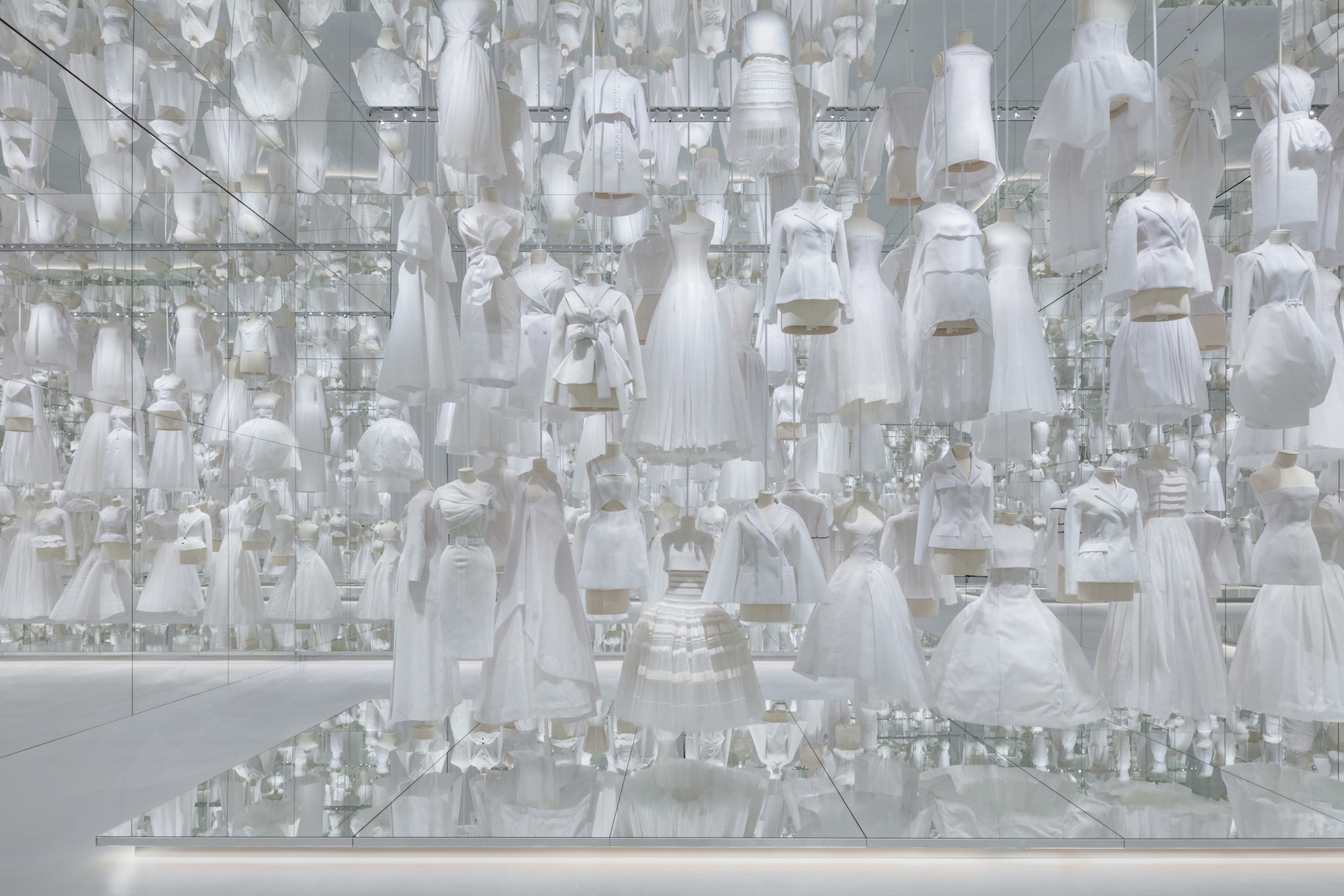 With scenography by OMA, Dior’s ‘Designer of Dreams’ exhibition in Seoul is ‘a piece of theatre’
With scenography by OMA, Dior’s ‘Designer of Dreams’ exhibition in Seoul is ‘a piece of theatre’OMA partner Shohei Shigematsu catches up with Wallpaper* about the dramatic show design for the latest iteration of ‘Christian Dior: Designer of Dreams’, which opened in Seoul this weekend
By Daven Wu
-
 Mercedes-Benz previews its next-gen people mover with an ultra-luxury EV concept
Mercedes-Benz previews its next-gen people mover with an ultra-luxury EV conceptThe Mercedes-Benz Vision V Concept is an art deco picture palace on wheels, designed to immerse passengers in parallel worlds as they travel
By Jonathan Bell
-
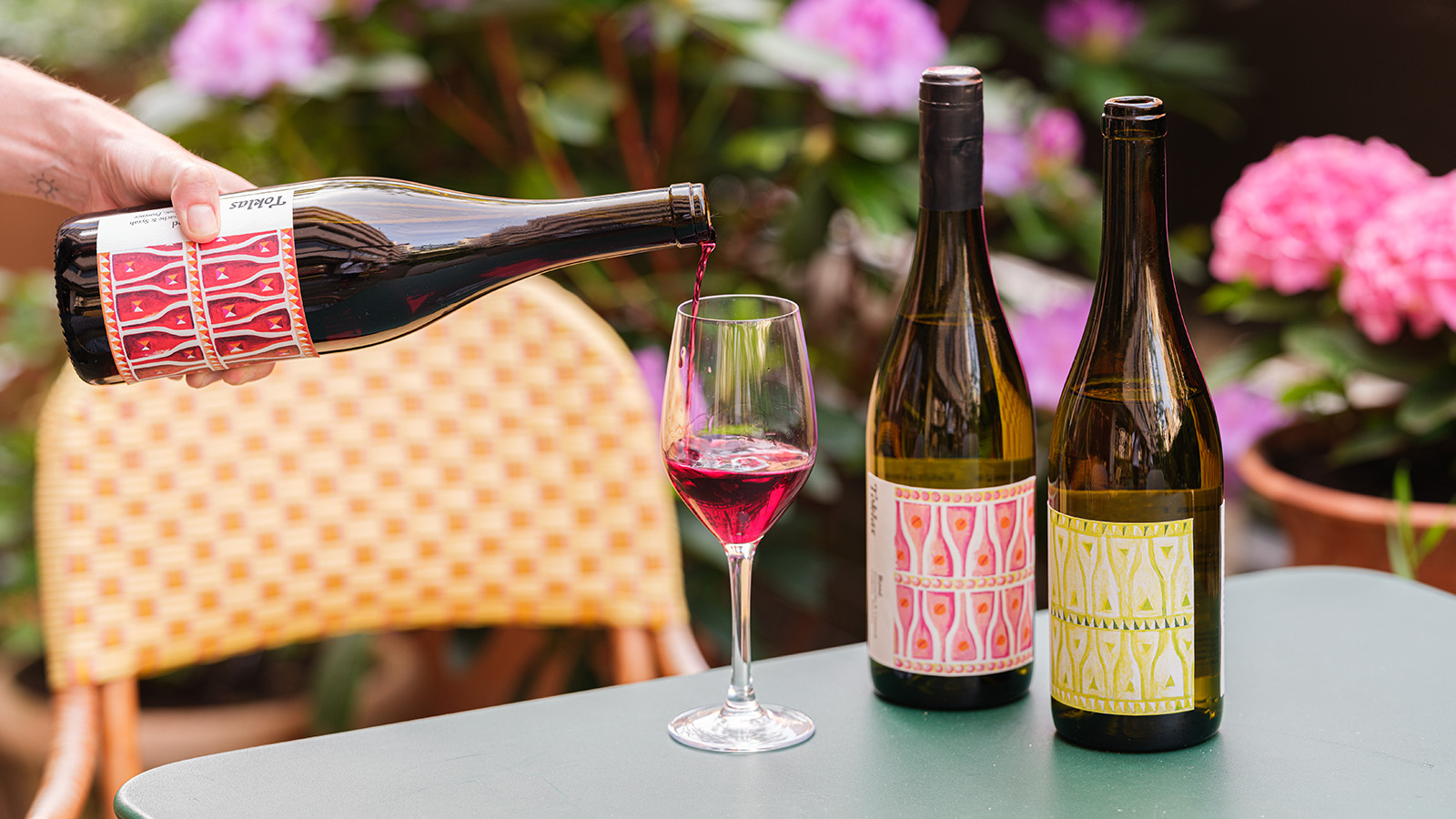 Toklas’ own-label wine is a synergy of art, taste and ‘elevated simplicity’
Toklas’ own-label wine is a synergy of art, taste and ‘elevated simplicity’Toklas, a London restaurant and bakery, have added another string to its bow ( and menu) with a trio of cuvées with limited-edition designs
By Tianna Williams
-
 Veuve Clicquot and Magnum Photos salute the sun
Veuve Clicquot and Magnum Photos salute the sun‘Emotions of the Sun’, a photography exhibition by Veuve Clicquot and Magnum Photos, debuts in Milan, accompanied by a sun-themed tasting menu
By Simon Mills
-
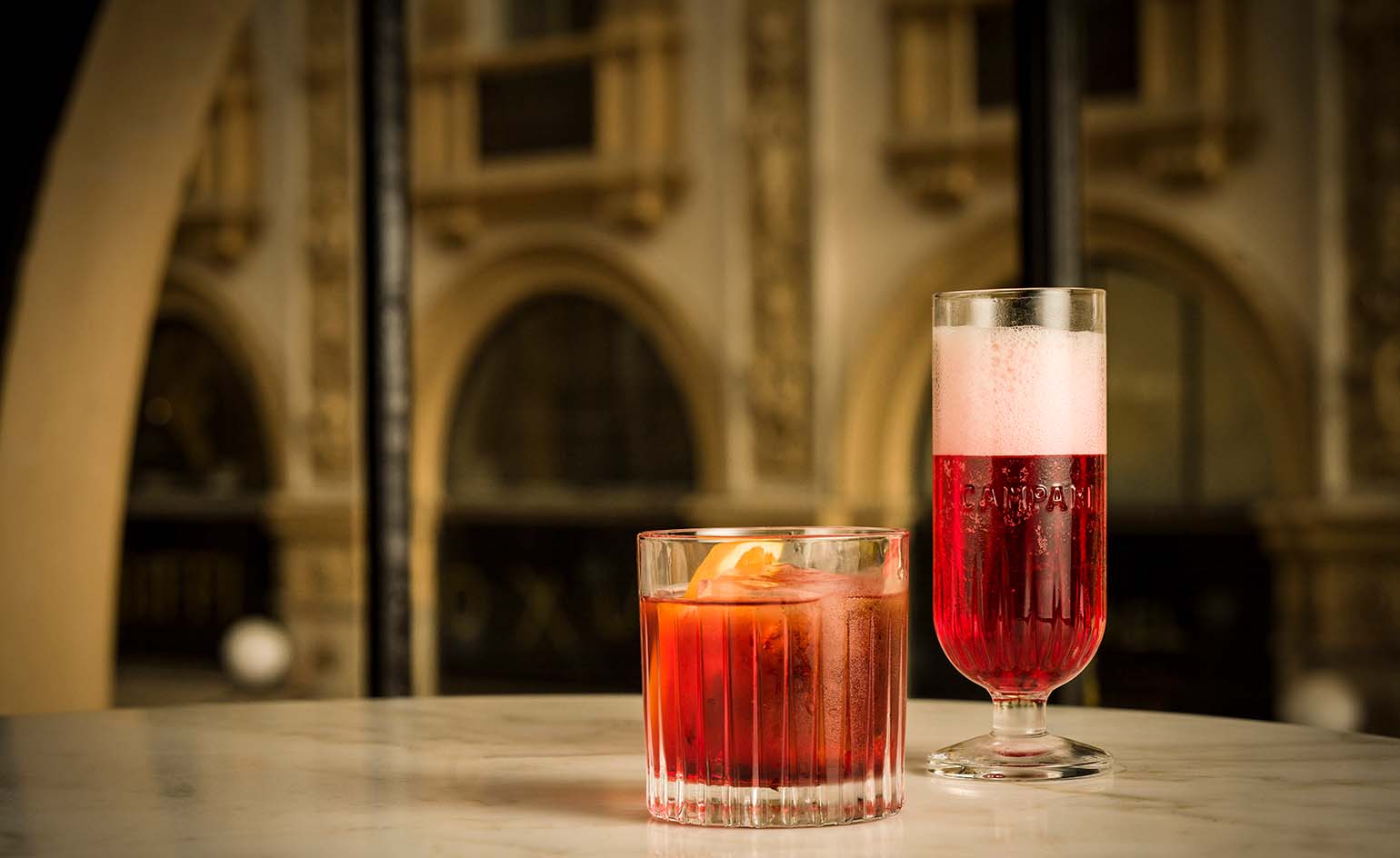 Cin cin: discover the story behind Campari, Milan’s signature aperitivo
Cin cin: discover the story behind Campari, Milan’s signature aperitivoWhere better to indulge in the delights of the Italian golden hour than Milan, the home of Campari? We trace the origins of the city’s signature aperitivo
By David Taylor
-
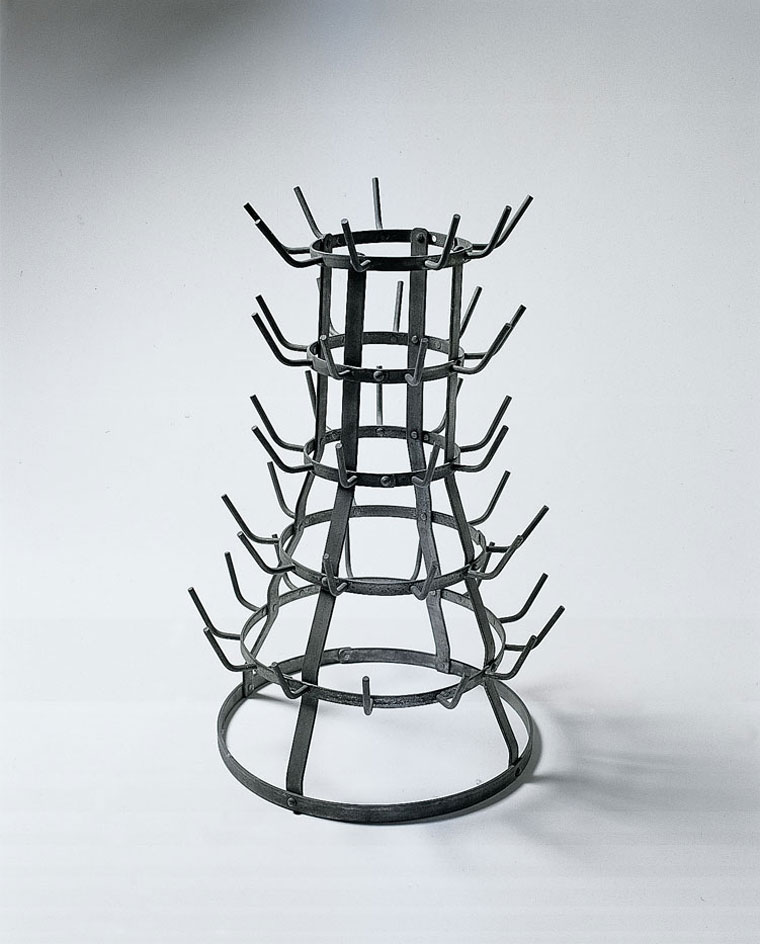 Milan’s Triennale Design Museum spills the beans on the art of food (and food of art)
Milan’s Triennale Design Museum spills the beans on the art of food (and food of art)By JJ Martin
-
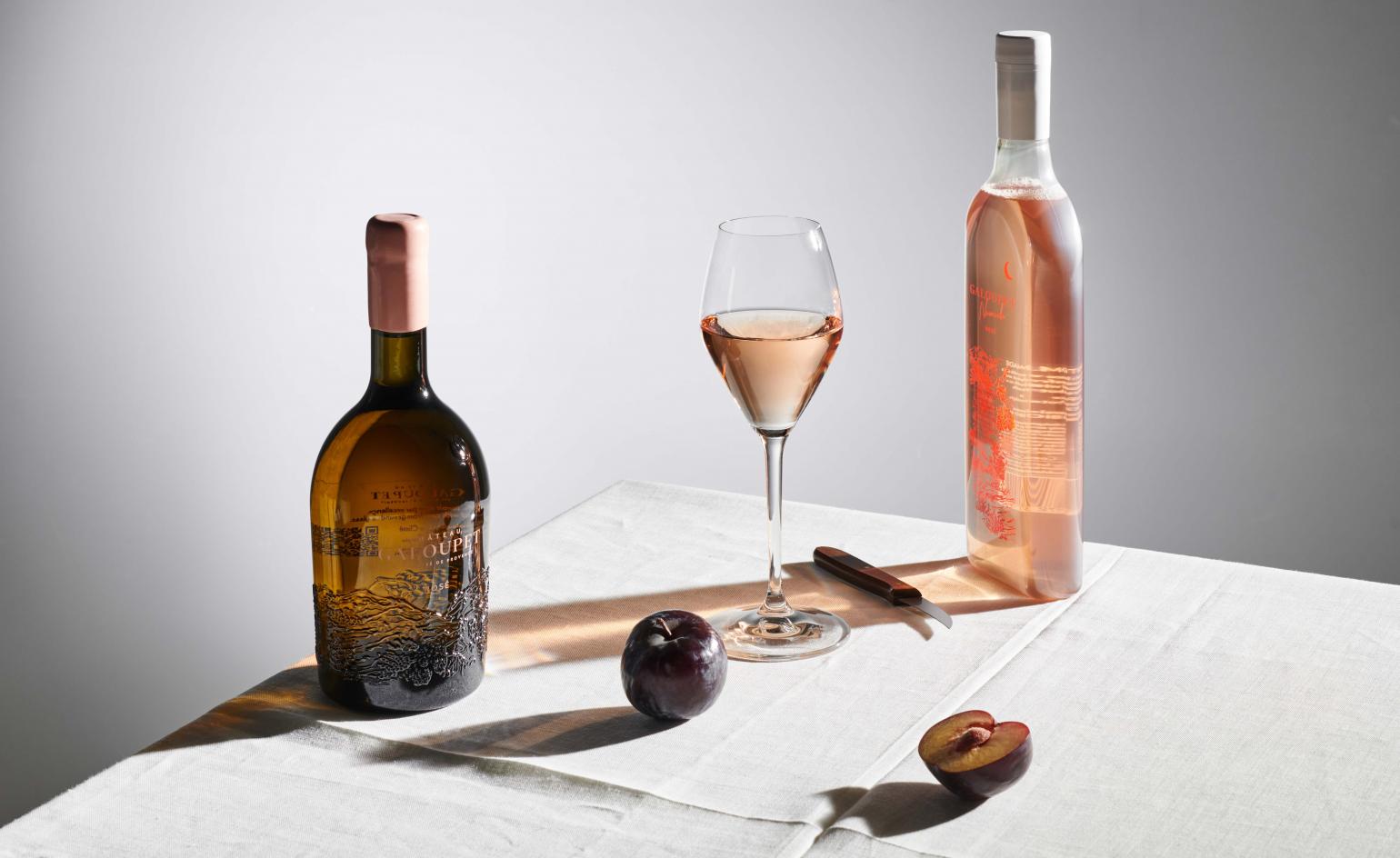 Château Galoupet is teaching the world how to drink more responsibly
Château Galoupet is teaching the world how to drink more responsiblyFrom reviving an endangered Provençal ecosystem to revisiting wine packaging, Château Galoupet aims to transform winemaking from terroir to bottle
By Mary Cleary
-
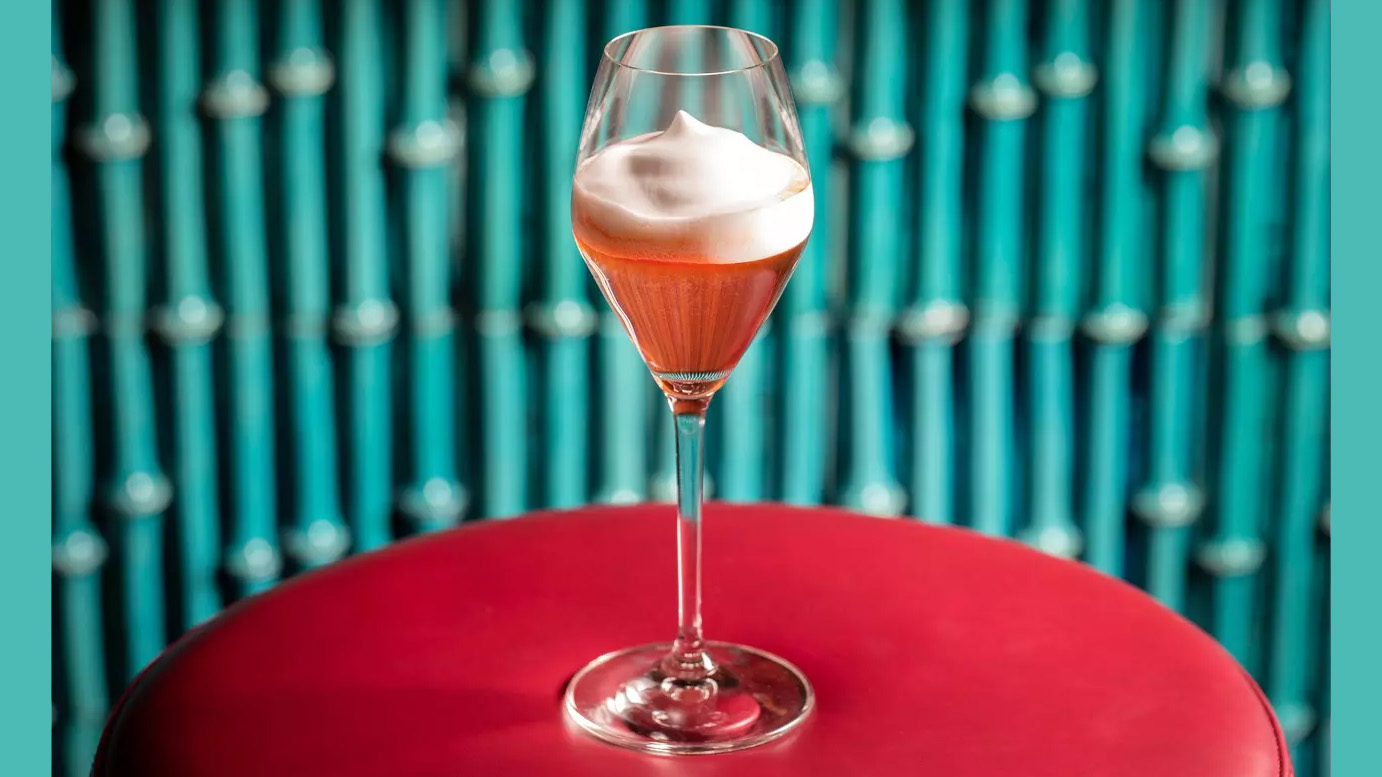 London’s most refreshing summer cocktail destinations
London’s most refreshing summer cocktail destinationsCool down in the sweltering city with a visit to London’s summer cocktail destinations
By Mary Cleary
-
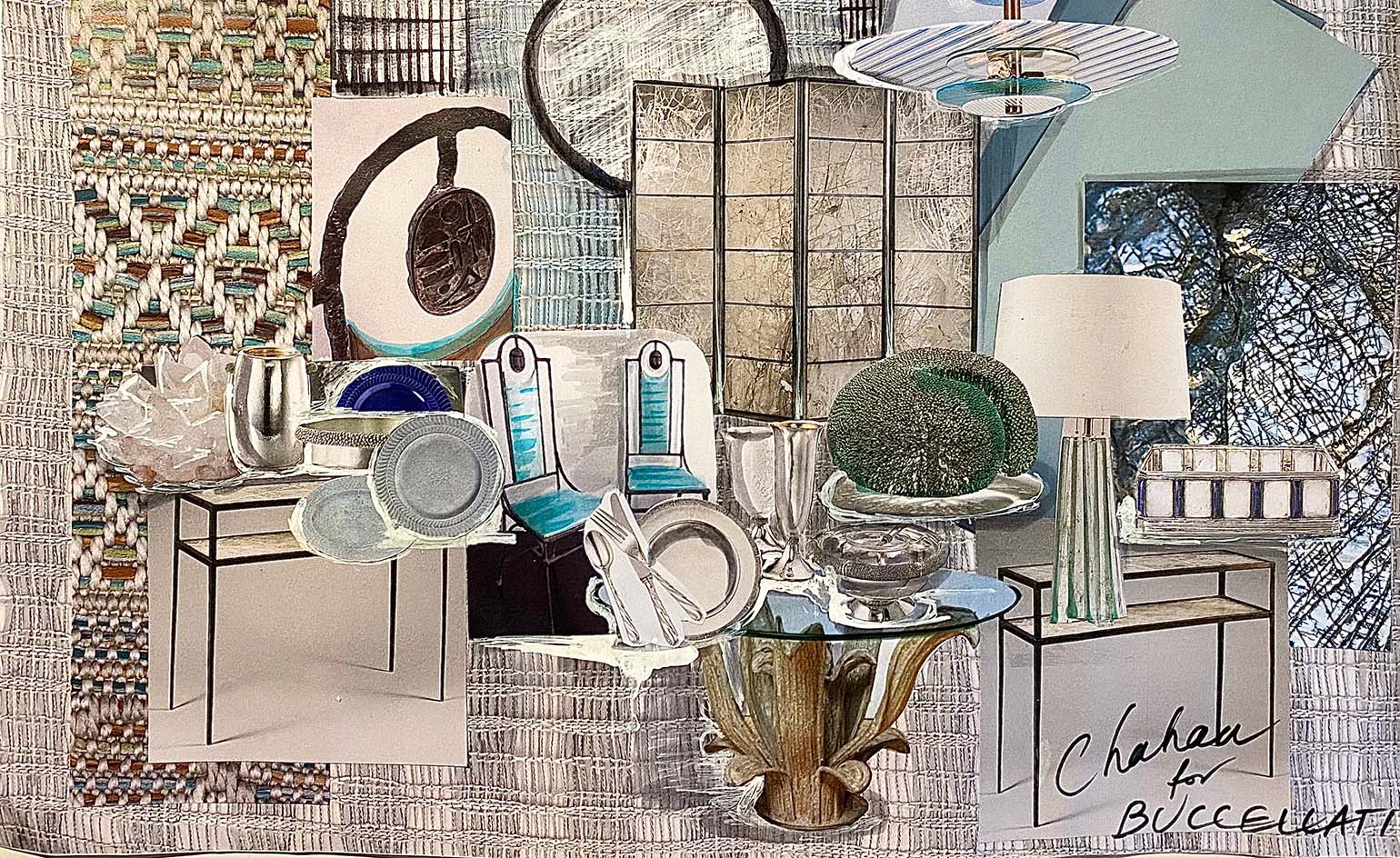 Buccellati sets the table for conviviality at Milan Design Week 2022
Buccellati sets the table for conviviality at Milan Design Week 2022Designers Dimorestudio, Ashley Hicks, Chahan Minassian and Patricia Urquiola create spectacular dinner table designs for Buccellati’s Milan Design Week exhibition, ’Il Galateo – a journey into conviviality’
By Mary Cleary
-
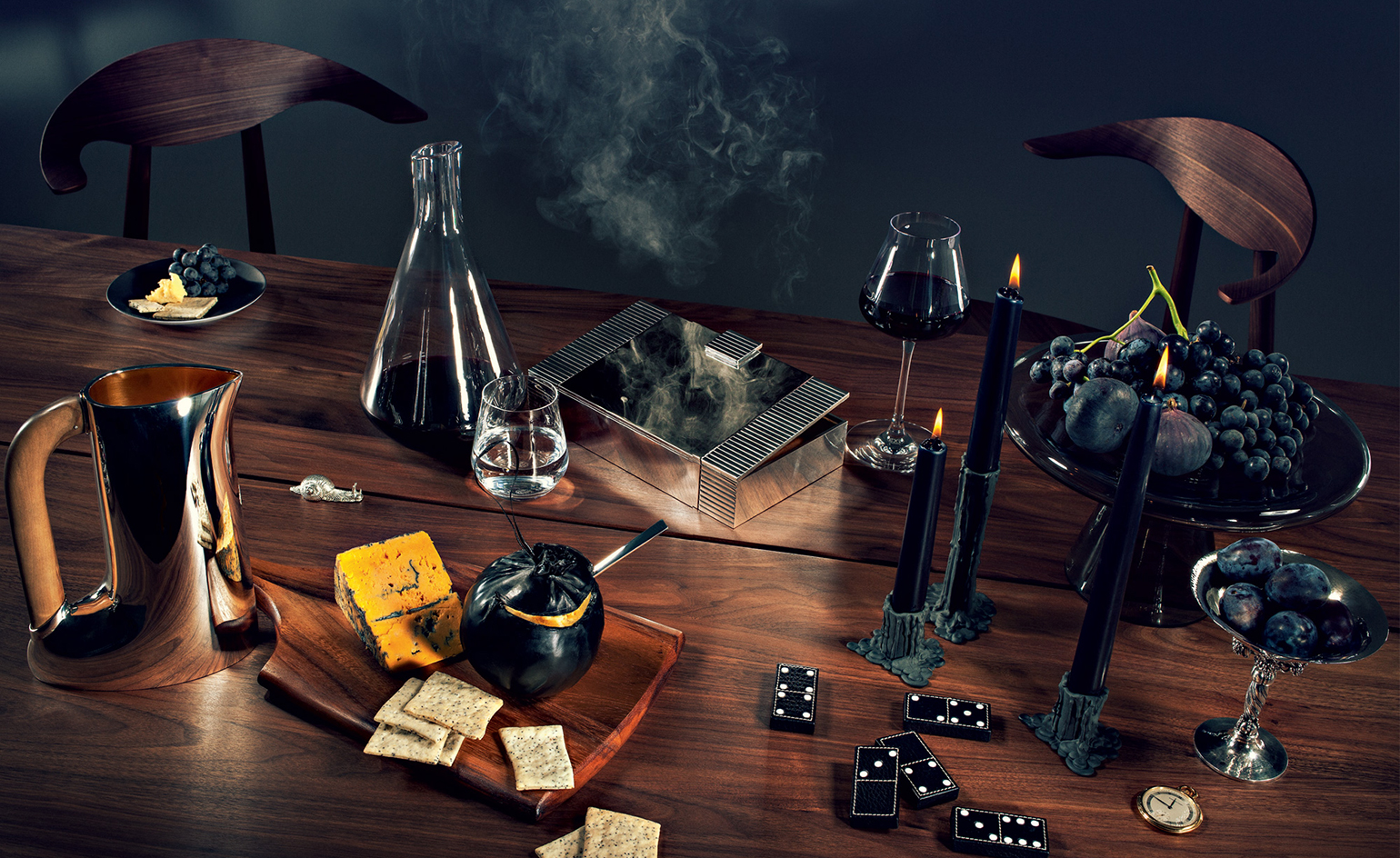 Learn how to curate a simple cheese board with perfect port pairings
Learn how to curate a simple cheese board with perfect port pairingsThe experts at artisan cheesemonger Paxton & Whitfield share tips for curating a simple but sophisticated cheese board, with port and cheese pairings for every taste
By Melina Keays